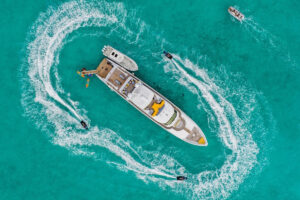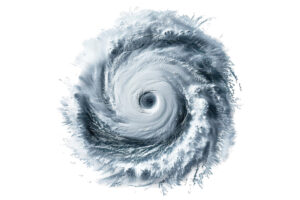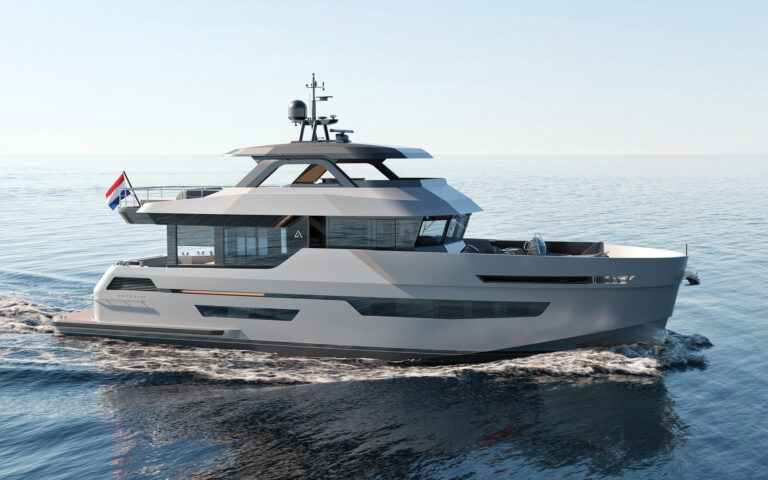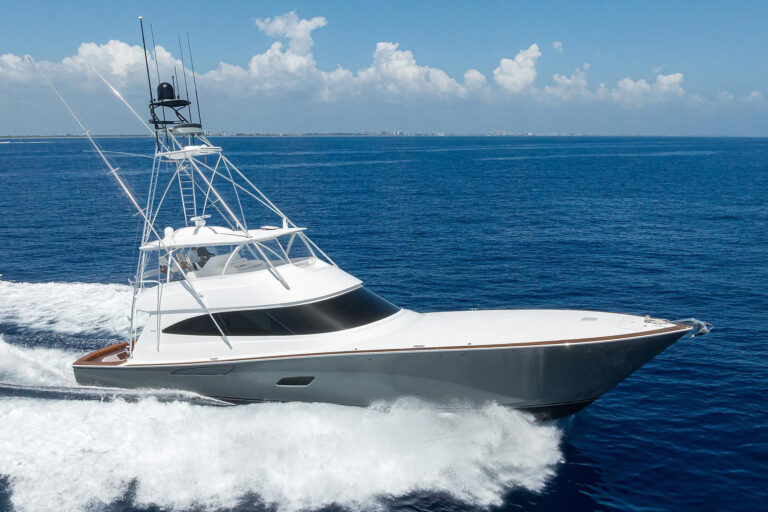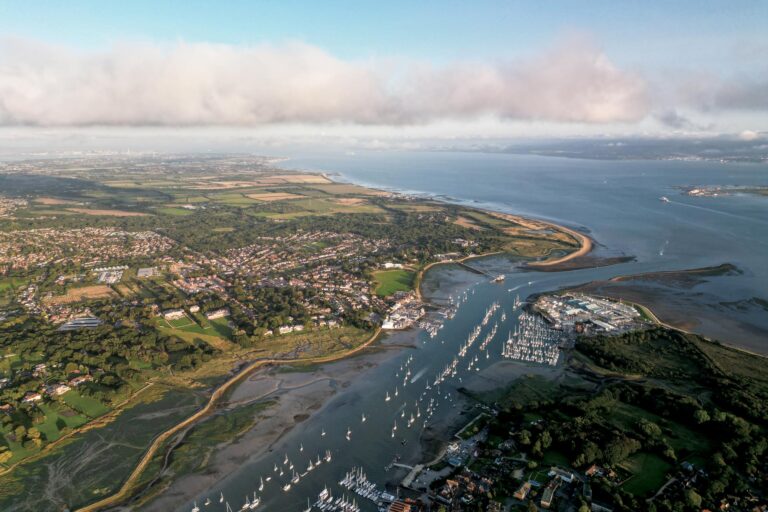N54°54.026’ S067°37.091’W
I’m sitting in the saloon, which is a little colder than usual, as Nancy roasts chickens for tomorrow’s potpie. We tend to leave the pilothouse door open on all but the coldest days, and so this morning a sneaky south wind crept over the stern and through the boat, catching us by surprise. The Reflex heater has been trying to catch up since lunch and it’s finally getting warm again. Outside, fat, wet snowflakes have been falling for a few hours, powdering the boats and shore like confectioner’s sugar. The most notable thing about the weather here is its changeability. The temperature rises and falls though out the day, the sun appears and disappears, the wind howls and then dies. And of course, we are headed into winter in the southern hemisphere, so it’s still dark at 0700 and night falls around 1630.
It’s hard to believe it’s Memorial Day at home, with warm weather, barbeques, and family gatherings, as we ready ourselves to grab the only possible weather window for our Cape Horn foray. A low-pressure system has been moving over us for the last few days, while we waited in the snug cove at Puerto Williams, Chile. The GRIB files have displayed a scary mass of triangles the last few days, with winds of 50 to 70 knots off Cape Horn today, but they should be falling off and dropping into the 30s tomorrow. The barometric pressure has been slowly rising this afternoon. In fact, I’ve become a little compulsive about tracking the millibars on the face of my Suunto Elementum watch and informing my shipmates of every dip and rise. I initially loved this because, unlike most watches with weather features, it’s really good-looking. But even better than that is how simple it is to use. Mine has a compass, a sail-racing timer, a stopwatch, and a barometer. The current barometric pressure is numerically displayed, along with the time, and a pressure trend is graphically presented on the face. Also, with one push of a button, the watch becomes a compass. It’s substantial looking, very functional, yet still elegant. I really love it. But I may need to wean myself off the constant barometric updates before I’m keel hauled…Luckily, it is waterproof to 100 meters, of course.
Tonight, in preparation for heading into the world’s most consistently tumultuous seas, I will repack my messy lockers, organizing my clothes into warm, warmer, and warmest piles. My small waterproof duffel, which has been living at the foot of my top berth (even while I sleep) and overflowing with electronic gadgets (the Pentax K-7 camera and lenses, ACR Personal Locator Beacon, GPS, laptops, Flip Video camera, and a Medusa’s mess of cables and power cords) will be stuffed into the remaining locker space. I’ll take a hot shower, slap a transdermal scopolamine patch behind my ear, and ready the leeboard (so I don’t fall out of bed) for a rough ride. We have about 100 nautical miles to cover tomorrow to reach our anchorage just north of Cape Horn. After that, it’s next stop, the Falkland Islands—or Las Islas Malvinas, depending on your political beliefs. The long-smoldering territorial dispute between England and Argentina has been reignited by the discovery of oil there. Visiting yachtsman are caught in the middle, and Miles has spent hours filling out forms and visiting the Capitania office, so that Argentina will grant us permission to go through their waters to reach a place they refuse to acknowledge exists. It’s complicated but dull and we’re all looking forward to getting underway and offshore, where there’s at least the illusion of freedom on the high (but please, Lord, not too high) seas.
For a gallery of images from Mary South’s trip around Cape Horn click here.

